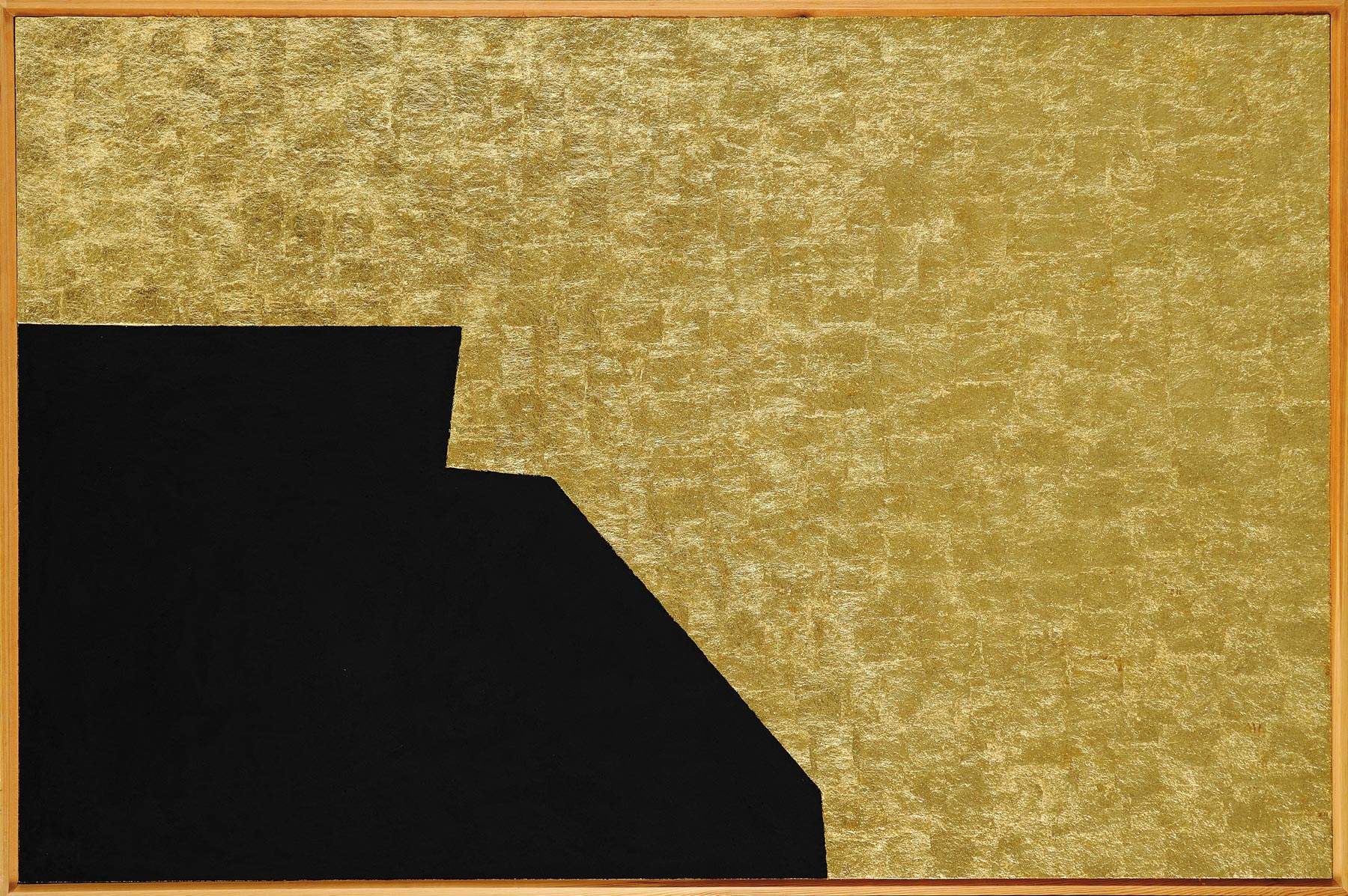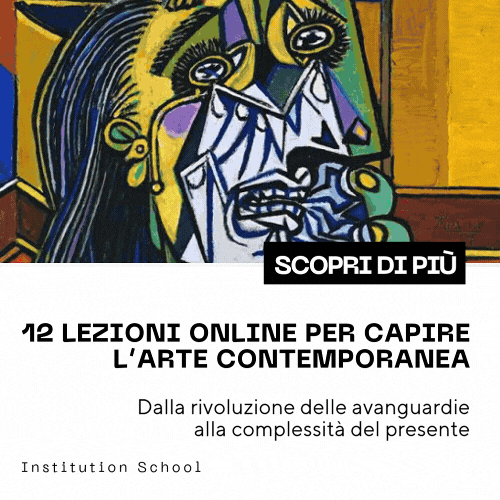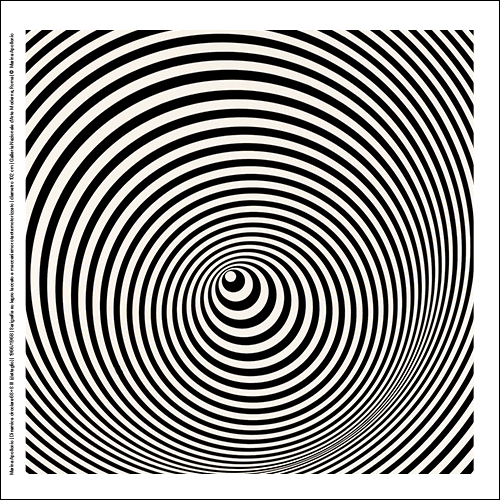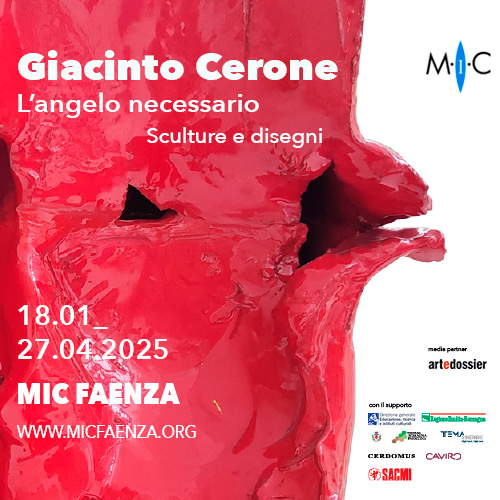Ravenna, an exhibition at MAR examines the relationship between Alberto Burri and the city
The MAR - Art Museum of the City of Ravenna, as part of the8th Biennial of Contemporary Mosaic, presents the exhibition BURRIRAVENNAORO, a review dedicated to Alberto Burri, curated by Bruno Corà, hosted in the first and second floor rooms of the museum, from October 14, 2023 to January 14, 2024.
The exhibition traces the history of Burri’s intense relationship with Ravenna since the late 1980s. Conceiving several cycles of works inspired by the city’s history and artistic culture, Burri, in one of his last series, embodies and transfigures in the contrast of black and gold, darkness and light, the dialogue with the historical mosaic of Ravenna, balancing spirituality and materiality, in the actuality of a city in which the vestiges of the past have progressively intertwined with the productive and industrial developments of the present.
In the context of the Contemporary Mosaic Biennial, Burri’s works are a valuable opportunity to explore the many suggestions of aesthetics and meaning that Ravenna’s monumental and mosaic remains from the early Christian and Byzantine periods have offered and continue to offer, within the confines of traditional techniques or outside them, reinventing the codes of mosaic. The BURRIRAVENNAORO exhibition thus outlines the thematic horizon with which to frame the Biennale 2023 in its entirety.
Beginning in 1988 in Ravenna, in response to a commission expressed by the Ferruzzi Group, Burri began a collaboration that led to the creation of several significant cycles that he elaborated and named in different ways and in close relation to the city’s artistic history. With the S. Vitale cycle he made large cellotex painted in acrylic and black. That series of large works is flanked by the production of graphic works of equal intensity and chromatic strength. Gardini’s failure to realize the commission did not prevent him from becoming passionate about a painting evocative of the great pictorial season of Byzantine art, which was abundantly present in the city, in churches and historic buildings decorated with mosaics. The paintings the Black and the Gold (1993) were born, inspired by the mosaic culture of high decoration that flourished in Byzantium and developed in the city of Ravenna with numerous admirable masterpieces of Byzantine-Ravenna art.
In the BURRIRAVENNAORO exhibition, these works, together with others belonging to earlier pictorial cycles and selected series of graphic creations, will figure in the rooms of the MAR’s two floors in a repertoire never before so conspicuously exhibited, about one hundred works, with specimens that earned Burri the Premio Nazionale dei Lincei for his graphic work (1973). In this sense, the two areas of his painting and chalcographic production, integrated with the presence of the large red sculpture, Grande Ferro R (1990), at the Palazzo delle Arti e dello Sport “Mauro De André,” delineate the boundaries of a highly relevant return of the master from tifernate to the city of Ravenna, which he loved.
A multimedia area inherent to Burri’s biography and some films documenting the artist at work, along with the exhibition catalog with critical essays and documents of the works exhibited at MAR, offer themselves for the occasion as tools for information and studies of Burri’s entire oeuvre, enabling a broader knowledge of one of the greatest European artists of the second half of the 20th century.
Image: Alberto Burri, Nero e Oro (1993; acrovinyl, gold, vinavil on canvas, 109 x 164 cm; Città di Castello, Fondazione Palazzo Albizzini Collezione Burri). Photo: A. Sarteanesi
 |
| Ravenna, an exhibition at MAR examines the relationship between Alberto Burri and the city |
Warning: the translation into English of the original Italian article was created using automatic tools. We undertake to review all articles, but we do not guarantee the total absence of inaccuracies in the translation due to the program. You can find the original by clicking on the ITA button. If you find any mistake,please contact us.





























